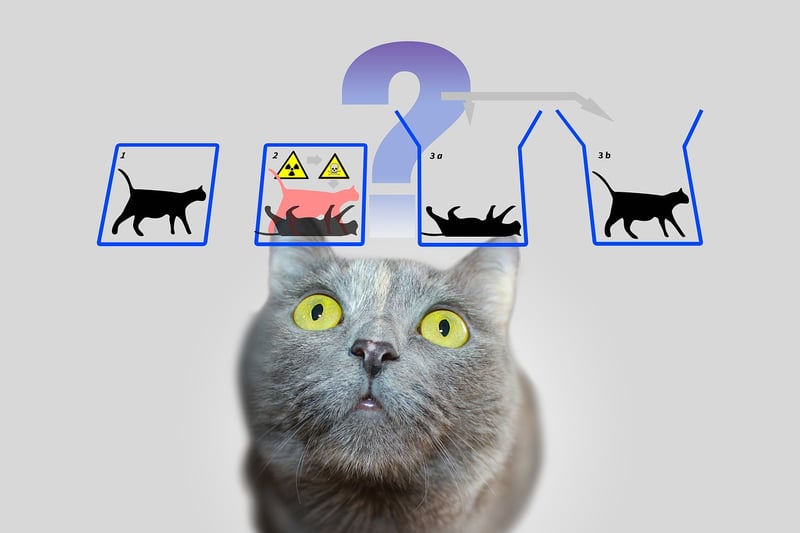Bootstrap Paradox
Exploring Time-Travel Paradoxes: The Bootstrap Paradox
Time travel has been a fascinating concept in science fiction for decades, with various paradoxes and theories surrounding it. One of the most intriguing paradoxes is the Bootstrap Paradox, which raises questions about causality and origins.
What is the Bootstrap Paradox?
The Bootstrap Paradox, also known as a causal loop, is a theoretical paradox of time travel that occurs when an object or information is sent back in time and becomes trapped in an infinite loop with no point of origin. In simpler terms, it's a situation where the past, present, and future are interconnected in a never-ending cycle.
Example of the Bootstrap Paradox
Imagine a scenario where a time traveler goes back in time and gives a famous author a copy of a book. The author is inspired by the book and uses its content to write the same book, which becomes a bestseller. The time traveler then retrieves the now-famous book from the past and takes it back to the original author, creating a loop where the book has no clear origin.
Implications and Philosophical Considerations
The Bootstrap Paradox challenges our understanding of cause and effect, as it raises questions about the origin of objects or information in a closed temporal loop. It leads to philosophical debates about free will, determinism, and the nature of time itself.
Conclusion
Time-travel paradoxes like the Bootstrap Paradox offer a glimpse into the complexities and mysteries of time manipulation. While purely theoretical in nature, they spark imagination and contemplation about the nature of reality and our place within it.

For more information on time-travel paradoxes and related concepts, check out Wikipedia's article on the Bootstrap Paradox.
